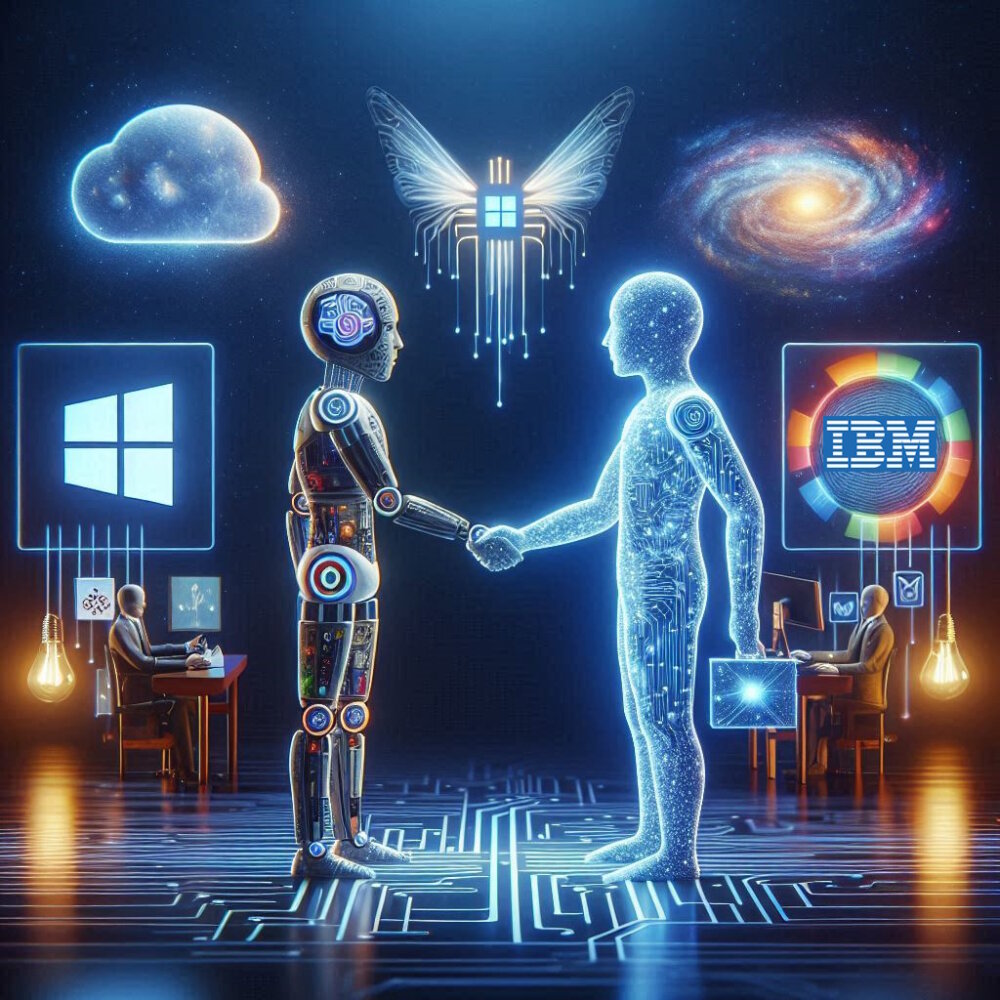
Kitchen managers’ ally to reduce waste: AI
Close to 1 billion people worldwide face chronic hunger, according to the World Food Programme. Yet, in the millennia that humans have existed, the past 60 to 70 years represent the first time in our history when hunger is not caused by scarcity of resources or insufficient production. There’s enough food – it’s just that access to it is unequal, and plenty of what is produced goes to waste.
While commercial kitchens are not the main culprits behind it, they too can do their part in helping save precious resources. For hotels, airlines, hospitals and any other major businesses serving thousands of meals a day, reducing waste shouldn’t just be good business – it should be a moral imperative.
However, the act of reducing waste has been imperfect at best for decades. Kitchen managers rely on in-person observation of what’s being returned or trashed, as well as input from staff, to determine where to cut. Thankfully, technology is quickly turning what used to be biased into a very precise science.
Using the latest technology in scanners and AI, companies are coming up with intelligent ways to determine exactly what is being discarded. This helps kitchen bosses optimise how much they buy of each product, refine their recipes to the increased satisfaction of customers and, ultimately, reduce waste.
One such company is South Korean Nuvilab, which we interviewed at CES. Have a read below – edited for clarity.
Recommended reading: AI in the kitchen: reducing food waste when even a little bit is way too much
Could you start by introducing yourself and the company, please?
Hello, my name is JinYong Kim and I’m a 3D Vision Engineer at Nuvilab. We are an AI food tech company.
We’ve developed a range of food scanners that can identify different types of food in a tray, calculate the volumes, determine nutrition information as well as weigh food waste. As an example, our AI Scanner Pro can be installed in professional kitchens, such as in hotels or hospitals and help them optimise their operations, notably by helping them reduce food waste, including down to which dishes or types of food are discarded the most.
How do restaurants access the data?
Kitchen managers can access a dashboard that compiles the data for them. As you can see on this screen (photo below), we can tell on any given day what type of ingredient has been overproduced.

It also breaks down by breakfast, lunch or dinner and includes other useful information, like weather data, which often influences people’s intake.
What other use cases does it meet? Can it be used in aeroplanes, for example?
For aeroplanes, we’ve developed Hall Manager, which is a scanner that can be placed above where food trays are being returned, often conveyor belts, and determine what types of food aren’t being consumed. This is valuable for airline chefs to optimise their meals towards reduced wastage and increased customer satisfaction.
Based on the data you collect, how much food do you think is being wasted?
It depends on the use case but on average we estimate a 6% decrease in ingredient costs and an 11% reduction in food waste per portion.
NEXT UP

Alexey Kalachik, CEO & Co-Founder at Fively: “The potential for digitalisation within insurance is enormous”
We interview serial entrepreneur Alexey Kalachik, CEO & Co-Founder at Fively, on the future of fintech and what makes this space so exciting for startups.

IBM bolsters AI push with Microsoft Copilot launch
In a bid to boost its AI offering, IBM Consulting will enable enterprises to create and manage AI copilots – including Copilot for Microsoft 365

Andrew Kay, Director of Systems Engineering APJ at Illumio: “The most worrying development with ransomware is that it has evolved from simply stealing data to impacting IT availability”
Andrew Kay, Director of Systems Engineering APJ at Illumio, has 20 years’ experience helping organisations strengthen their cyber resilience. We interview him as part of our Threats series on cybersecurity.